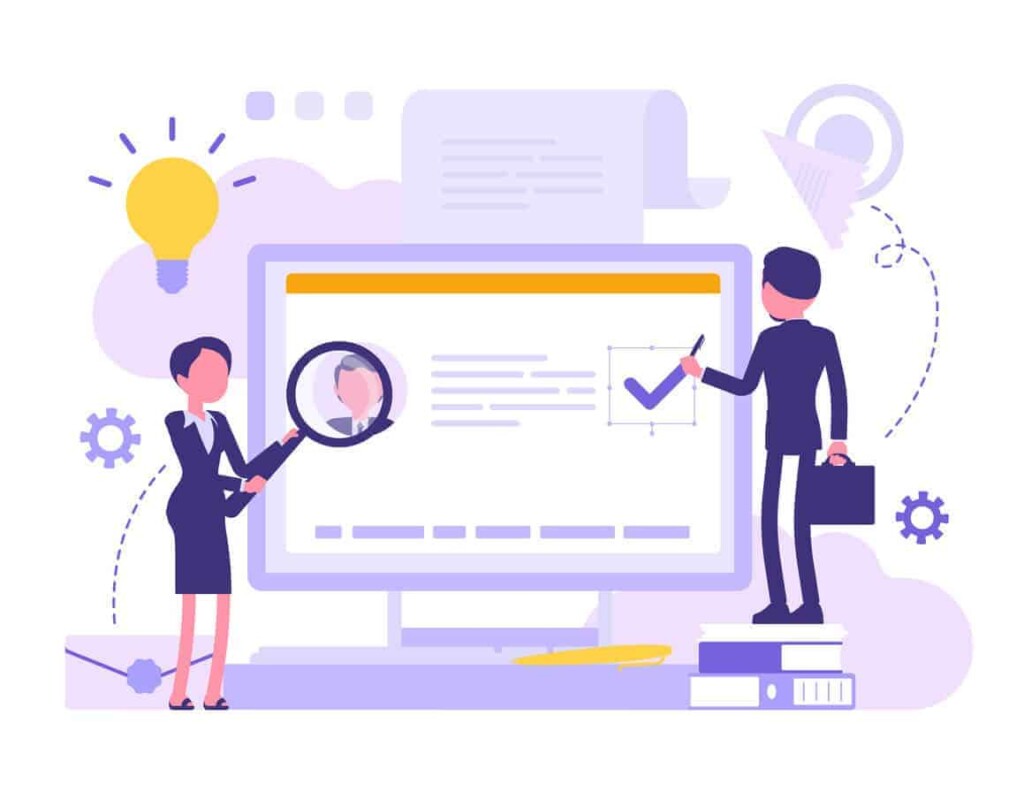Completely Rethink Your Marketing Budget by Embracing an Iterative Website Process
Depending on how long it’s been since your last website redesign, you may already feel the pressure of securing the budget for the next one.
From pursuing an updated look to incorporating features for your next marketing initiatives, websites demand a big investment. You need to plan ahead to keep your website running smoothly, and it doesn’t matter whether you’re four months from another redesign or four years.
Or maybe you can actually break the costly and time-consuming cycle that requires regular site rebuilds. Instead of needing to secure a war chest to afford another redesign project, your budget could focus on ensuring ongoing website improvements.
A WebOps philosophy transforms your website into a dynamic platform that can quickly respond to whatever your organization needs. The approach shifts your focus away from large-scale projects in favor of rapid, bite-size changes that are integrated into your normal operations. But more than that, WebOps allows your marketing team to make a consistent, measurable impact on your business.
How WebOps Breaks the Conventional Website Lifecycle
Securing the budget to support your digital marketing plan is challenging, especially in an uncertain economic climate. You need to set specific, measurable goals that will deliver results and illustrate the success of your marketing plan. Given the critical role digital plays in every market, your website is the keystone of that plan.
No matter how well your website is currently performing, conventional wisdom has typically estimated a three- to five-year lifespan before its quality degrades. It’s a familiar and ultimately frustrating cycle for any marketer.
First, you typically hire a new web design firm to rebuild your site. To fully understand your business, you and your agency need to spend six to eight months on costly research. Finally, after developing a strategy supported by the right approaches to design and development, your organization gets a new site.
For a while, everyone is happy. Maybe you maintain a connection with your design partner for occasional maintenance, maybe not. But ultimately, you’re free to move on to your next marketing initiative—that is, until your site starts to break down again.
This approach isn’t just wasteful from a financial standpoint. It’s also a missed opportunity. For all the research your web design agency undertakes to develop a strategy, you’re only leveraging that knowledge toward a single, massive project. Under better circumstances, you’d be able to apply those insights to your marketing effort on an ongoing basis.
With a WebOps approach to site budgeting, you engage with an agency in a more proactive way. Borrowed from a collaborative process that streamlines IT development, this approach shifts the focus to website improvements. Rather than dedicating a massive budget expenditure on a large complex project, you focus on iterative improvements.

WebOps Puts the Knowledge of Your Business to Use
In a conventional website redesign process, you invest a lot of time and money examining how your business works in order to determine its digital needs. Then, after the eventual website launch, those valuable insights are essentially lost. By maintaining an ongoing strategic partnership between a web design partner and your organization, you can continue to leverage your new website’s capabilities and make a real difference for your business.
Plus, a conventional redesign is built on initial research that may be out of date by the time a new site launches. A WebOps process addresses your most pressing needs by using the most up-to-date information from your website’s KPIs to pursue changes that will make a meaningful impact.
When your site is equipped to evaluate trends about your site and its users, you clarify your development priorities. Rather than repairing old technologies or updating design decisions your stakeholders simply no longer like, you’re making changes that will move the needle for your business.
Today’s websites are complex and must serve multiple audiences to be successful. Realistically, it’s kind of crazy to think that one massive project could ever satisfy all your business needs—and that those needs wouldn’t continue to evolve. A WebOps approach to your site frees your marketing and IT teams to chip away at areas of need over time.
Consequently, website improvements aren’t these enormous projects that consume a huge chunk of your budget. They’re just part of doing business in an Agile marketing environment.
Improve Internal Engagement and Investment in Your Site Through WebOps
Using a WebOps approach to pursue continuous site improvements requires a different approach to budget planning. Rather than planning for a large expenditure in the future, you need to dedicate funds toward your site on an ongoing basis.
Such a shift in thinking may cause some apprehension, but think about the ongoing expenses your firm dedicates to SEO and advertising between website redesign projects. If your site has remained stagnant, those expenditures go toward driving users to a site that doesn’t function properly. With WebOps, you’re monitoring and refining your site to secure the greatest return on other promotional costs.
Transforming your organization’s approach to its site also impacts your internal investment in its success. Instead of thinking about digital strategy every few years during a redesign project, your teams can engage with the site as a normal part of their day. Consequently, your site’s performance becomes as important for the whole business as it is for your marketing team.

Establishing a WebOps Process Brings B2B Firms in Step with the Times
Many organizations recognize just how much an effective website can impact their bottom line. Though this may currently feel like a transformational shift for your business, e-commerce companies have recognized this reality for a long time. Because if their sites can’t evolve and consistently serve their customers—the business fails.
That reality has spread across every industry, and WebOps allows B2B companies to keep pace. Your website is ultimately a platform that connects your firm with its customers. If you’re still adhering to a conventional budgeting practice that relies on large-scale redesigns without support for later refinements, your investment will only diminish (drastically) over time.
Think of a new website like working to get into auto racing. Your new site constitutes purchasing the tricked-out car you need, but from that point the race has only just begun. To stay competitive, you need to keep learning how to drive and get the performance you need. By budgeting to keep working on your car and refining how you use it, your organization will compete that much better.

